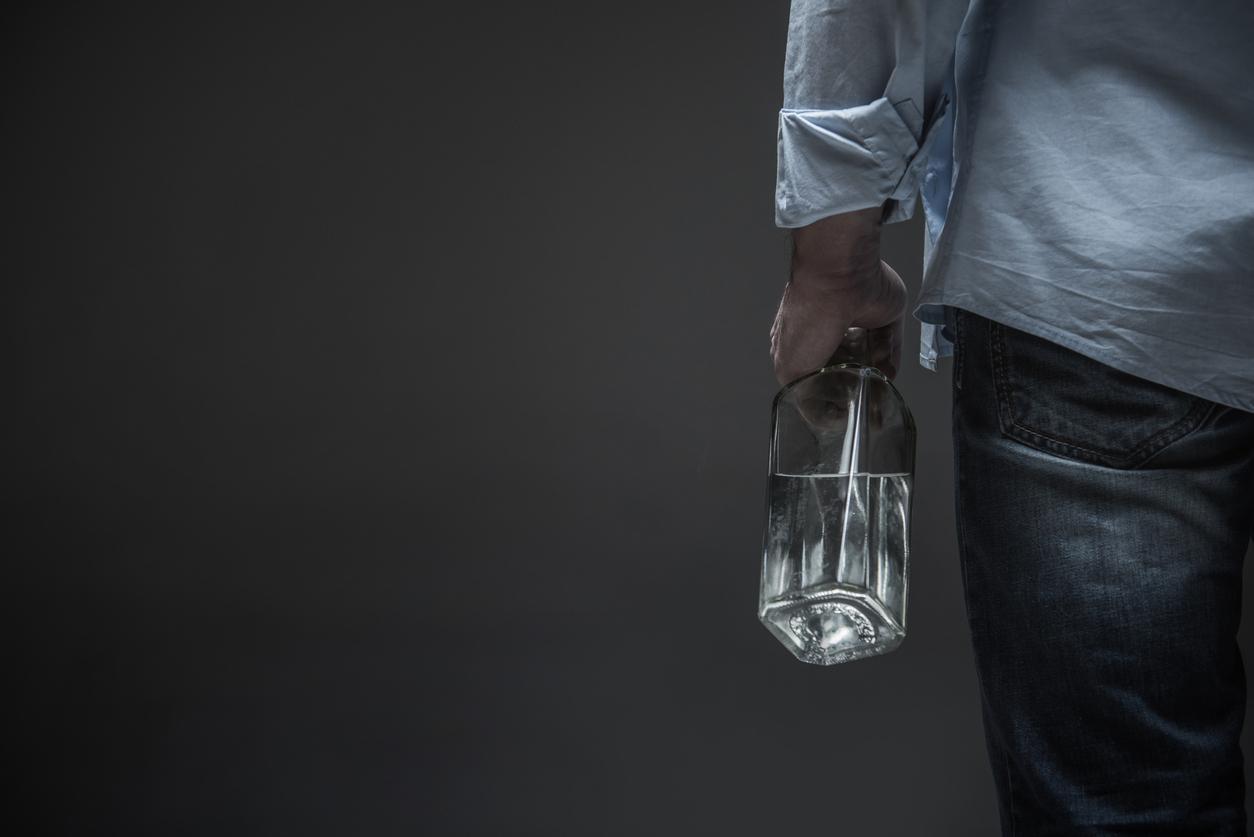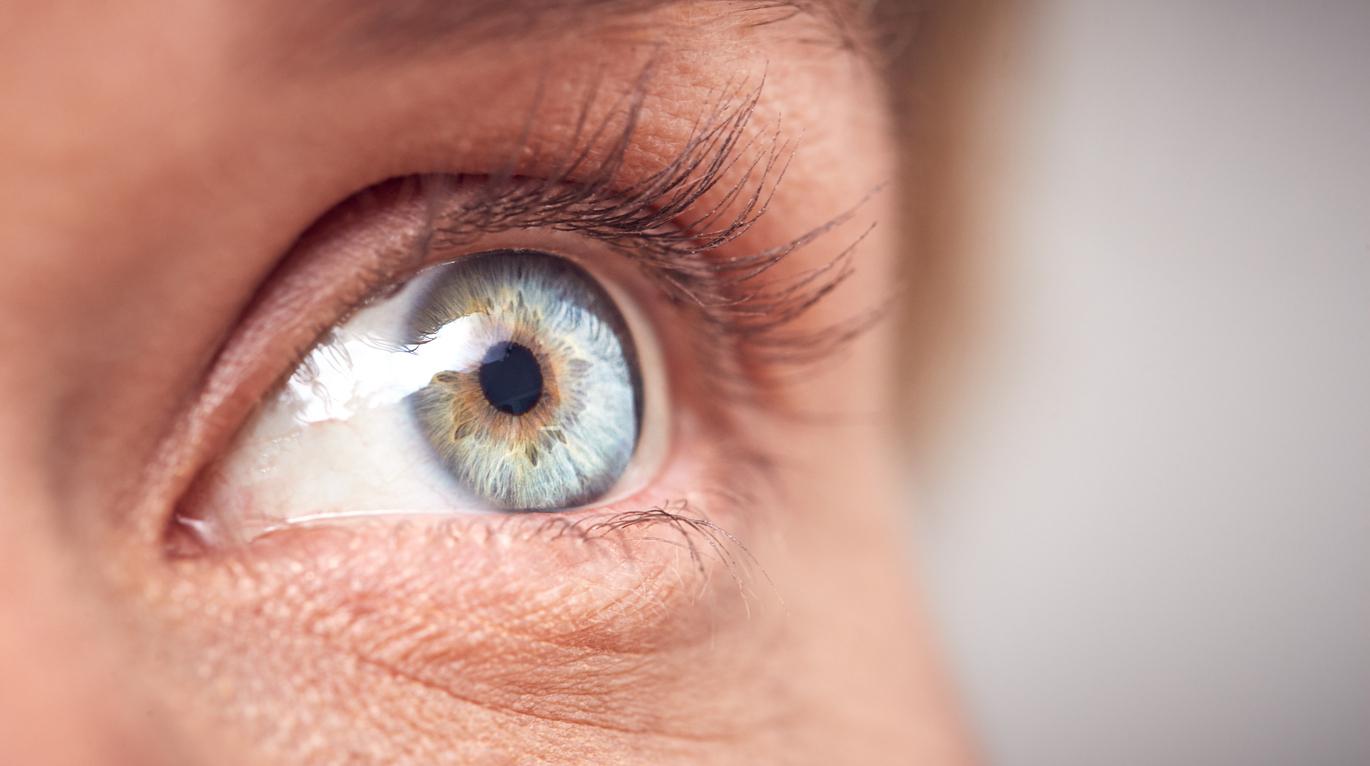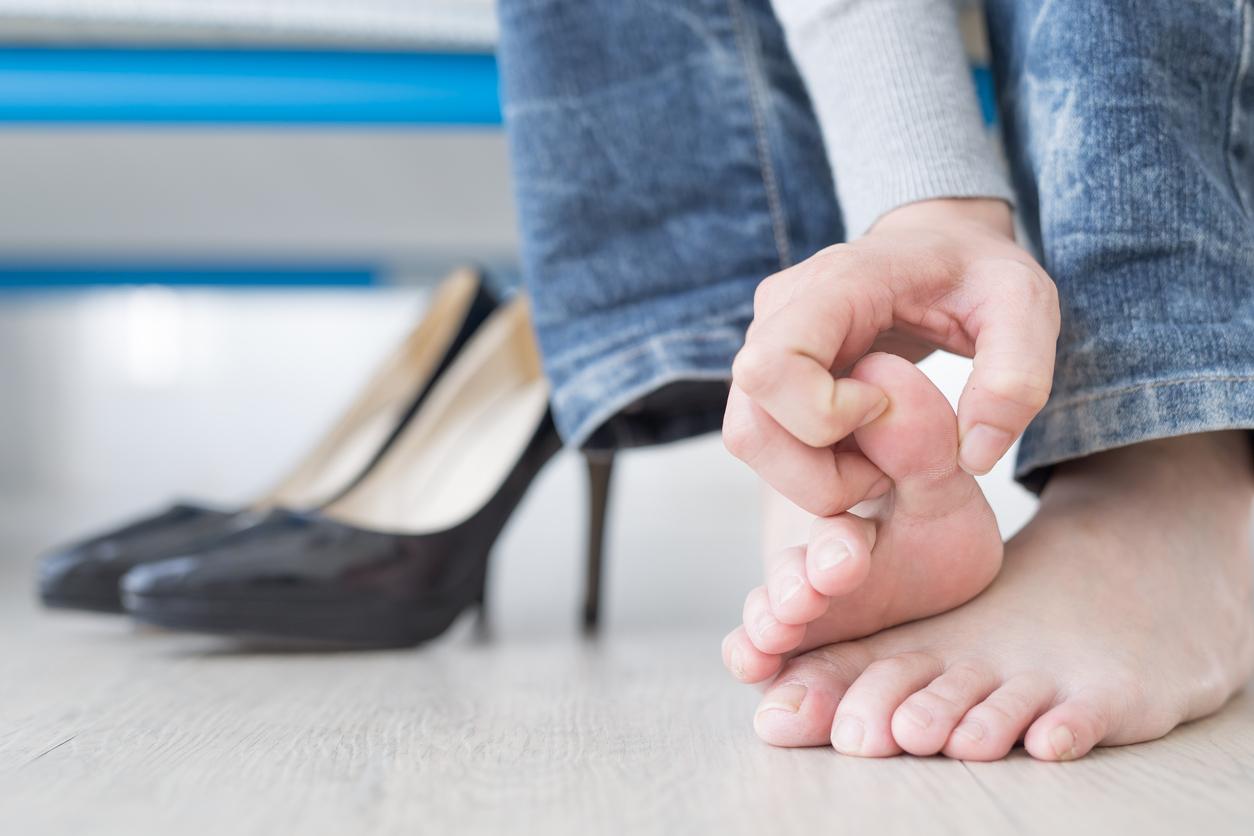Anne Legrand has suffered from chronic pain for around ten years. After coming very close to death due to the (too) many painkillers she took, she was able to get back on track thanks to repetitive Transcranial Magnetic Stimulation (rTMS)… until the machine available in its pain center breaks down.

- Anne Legrand developed left trigeminal neuralgia in 2014, without doctors being able to explain it.
- Faced with the ineffectiveness of medications to calm her pain, she underwent two sessions of Gamma Knife, a neuro-radiosurgery treatment.
- But after the second session, the pain changed: Anne no longer suffered from trigeminal neuralgia but from neuropathy linked to the after-effects of radiotherapy.
“I started feeling pain in my left trigeminal nerve in 2014. It happened overnight: one evening I went for a run, as usual, and the next morning I started feeling pain. electric shocks in the cheek.“The pain continues for 48 hours, pushing the mother to go to the Emergency Department. “There I was told that I was probably a little soft and that it must just be a cavity… I didn’t believe it, so in the hospital parking lot, I called my old doctor treating. As he explained all the symptoms, he told me it looked very similar to trigeminal neuralgia and referred me to neurologists for a diagnosis.”
Trigeminal neuralgia: unbearable pain that occurs without warning
After several examinations, Anne’s neurologist tells her that she is indeed suffering from this pathology. Trigeminal neuralgia causes intense pain in the face, similar to an electric shock. This pain, often unbearable for the patient, can occur at any time and without warning. The disease results from an injury or lesion of the fifth cranial nerve. “Many believe that the protective sheath of the trigeminal nerve deteriorates, sending abnormal messages along the nerve. Like electricity in a telephone line, these abnormalities disrupt the nerve’s normal signal and cause pain”, details the neurosurgery department of Lariboisière hospital. “Several factors can cause the deterioration of this protective sheath: aging, multiple sclerosis and tumors; but most often this deterioration is caused by an artery or vein which compresses the nerve.”
Several treatments exist, including radiotherapy that the patient will undergo. “Medications were not effective and surgery was not possible”, relates Anne. But the first radiotherapy session carried out in 2015 also proved ineffective. “As the lidocaine and laroxyl infusions were also not working, I was offered a second Gamma-Knife in June 2017. It was much stronger this time, and the pain then changed. I started to feel constant burning and tingling pain, with paroxysmal attacks… That is to say, much worse than before.”
I was lying down all the time. I was no longer able to get up to take care of myself or my two children.
The resident of Orchies in the North has once again seen her life turned upside down. “It became very complicated because the doctors told me that they had done everything they could to relieve my pain. I was in so much pain and I couldn’t take the pain so much that I sometimes asked my husband to take a hammer to hit my cheekbone.”, she remembers with a start.
She then went to a private clinic to have a follow-up MRI which reported edema in the trigeminal nerve. After Ketamine infusions which gave no results, a treatment consisting of OxyContin and Rivotril was offered to him.
The thirty-year-old then finds herself on medical wandering and takes increasingly large doses of Rivotril. Problem is, this medication from the benzodiazepine family can cause very severe drowsiness, increasing the risk of falling… As a result, the mother, permanently lying down, is no longer able to take care of her children who spend the majority of their time 100 kilometers from the family home, at their grandmother’s house. Overwhelmed by pain and the guilt of seeing her family suffer, Anne resorts, in vain, to medication to try to silence her pain. “My husband being a salesman, we chose to move to Hallines, in order to reunite the family and have my mother’s daily help.”
This doctor explained to me that I no longer suffered from trigeminal neuralgia at all but from neuropathy linked to the after-effects of radiotherapy.
“To the sFollowing the move, a doctor from the St Omer hospital center followed me. She saved me. She hospitalized me in palliative care to quickly wean me off all treatments. Without it, I would not have lived three more months, she told me.” This doctor then sends our patient to consult Professor Alain Serri, a leading pain specialist in Île-de-France. “This doctor explained to me that I no longer suffered from trigeminal neuralgia at all but from neuropathy linked to the after-effects of radiotherapy. I had a new treatment consisting of antiepileptics and antidepressants.” The professor also advises Anne to make an appointment at her pain center in Lille, in order to follow sessions of repetitive Transcranial Magnetic Stimulation (rTMS). “I was finally able to join the program in April 2022, and it turned out that I am very responsive to this neuromodulation technique. Thanks to these sessions, I was able to reduce the medication by two thirds and return to an almost normal life.”
rTMS is a non-invasive and painless medical technique that involves generating an electrical current in the brain to stimulate or inhibit certain areas. It can be used to treat treatment-resistant neuropathic pain or symptoms of resistant depression. At Anne, rTMS is offered to her every month, for a 20-minute session. “During each session, the pain reception center of my brain is scrambled by numerous messages, which causes it to glitch and allows me to no longer feel my pain too much. After about three weeks and 3-4 days, once the communication is no longer scrambled, the pain really returns, so I always look forward to the next session.”
I received a letter from the hospital at the beginning of October to tell me that the machine had broken down.
But at the beginning of autumn, a new blow hits Anne: she can no longer have access to this innovative treatment. “I received a letter from the hospital at the beginning of October to tell me that the machine had broken down and that the center did not have the means to replace it at the moment. I have not had any other information or follow-up proposal. My attending physician therefore advised me to immediately increase the drug treatment so as not to suffer the full brunt of the pain… In addition, the winter period is one of the hardest for neuropathic pain.“A fighter, the northerner posts on social networks to tell her story, and launches a petition on Change.org to demand better pain management in France. “We talk about equality of care, but here we are absolutely not there”, she argues.
In mid-November, she decided to send a letter to the Director General of the ARS des Hauts de France, to the Director General of the Lille University Hospital, to Martine AUBRY, the Mayor of Lille and member of the Supervisory Board of the Lille University Hospital and to all members of the Users Council of Lille University Hospital, in order to take its fight to the highest decision-making levels.
In the meantime, the partner of a company selling neuromodulation devices, touched by her testimony, contacted her and offered to provide the hospital with a device while waiting for the situation to resolve. Things seem to remain frozen, until this Wednesday, December 3, 2024. A phone call, almost ringing Christmas early, rings out at Anne’s house: “The hospital offered me a new rTMS session date”, she explains happily. “I didn’t take the first date because I had the chance to go for one privately in November, so I prefer to leave my place to someone who needs it more than me.”
However, this victory does not mark the end of the Hallinoise’s commitment! Anne will now focus a good part of her energy through her association Together Against Pain. “We, the pain patients, are the forgotten ones of the system, the invisible ones. With this association, we offer additional resources to patients, so that they are better educated and informed of possible alternatives to relieve, at least a little, pain.”
Contacted by the Editorial team regarding this equipment failure, the Lille hospital responded to us this Thursday, December 5:
“The teams at the Pain Treatment Center at Lille University Hospital are fully mobilized on a daily basis to relieve the pain of patients who need it. They notably offer treatment by central neurostimulation which demonstrates real effectiveness in improving this pain, It is for this reason that the Lille University Hospital, committed to making innovations available for the benefit of all, has chosen to make this equipment available to its patients.”
“The CHU biomedical teams, in conjunction with the healthcare teams, were fully mobilized to resolve a hardware failure that occurred exceptionally on this equipment. At the end of this resolution work and an investment order from the supplier, the Lille University Hospital is able to announce the return to service of the device since November 18, allowing sessions to resume for all patients who benefit from it.”










-1739366311.jpg)






